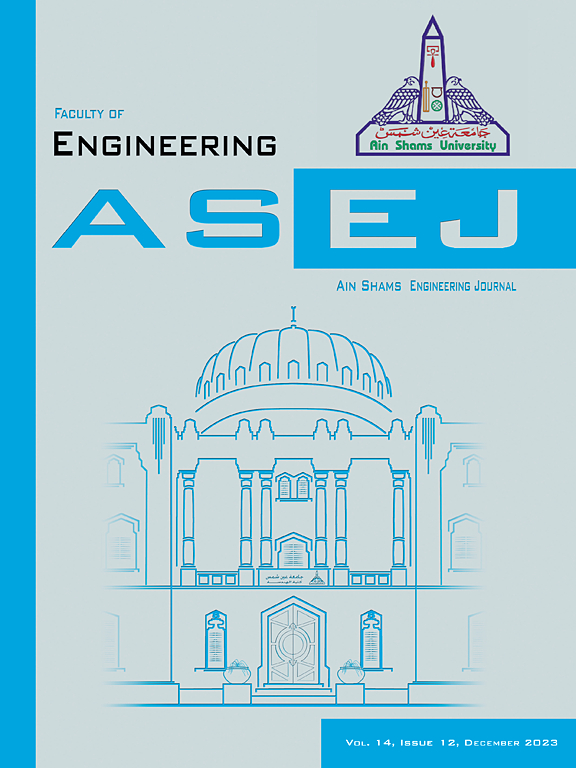Thermal infrared camera module for Satellite-Based Sea surface temperature monitoring in thin cirrus clouds areas
IF 6
2区 工程技术
Q1 ENGINEERING, MULTIDISCIPLINARY
引用次数: 0
Abstract
The development of a Thermal Infrared Camera Module designed for satellite-based Sea Surface Temperature (SST) monitoring addresses the critical challenges of SST monitoring in regions with frequent thin cirrus cloud cover, such as the Banda Sea and Arafura Sea. The design process included spectral range determination; optical performance analysis using Zemax; mechanical design using CAD; thermal and structural design using Thermal Desktop-SINDA/FLUINT; and complementation consisting of electronics and calibration. The results in figures and tables show that the module meets all technical criteria. The spectral range of 9.5–11.5 µm allows the module to penetrate clouds, providing accurate SST data in tropical regions where existing systems such as MODIS and VIIRS have difficulty. The module offers a spatial resolution of 400 m, above the resolution of MODIS and VIIRS. These advantages make the camera module an effective tool for monitoring climate change, sustainable fisheries management, and marine ecosystem health.
基于卫星的薄卷云区海面温度监测的热红外相机模块
为卫星海表温度监测设计的热红外相机模块的开发,解决了在班达海和阿拉弗拉海等频繁薄卷云覆盖地区监测海表温度的关键挑战。设计过程包括确定光谱范围;光学性能分析;运用CAD进行机械设计;利用thermal Desktop-SINDA/FLUINT进行散热和结构设计;由电子学和校准组成的互补。图和表的结果表明,该模块满足所有技术标准。9.5-11.5 μ m的光谱范围使该模块能够穿透云层,在现有系统(如MODIS和VIIRS)难以提供准确的热带地区海温数据。该模块提供400米的空间分辨率,高于MODIS和VIIRS的分辨率。这些优点使相机模块成为监测气候变化、可持续渔业管理和海洋生态系统健康的有效工具。
本文章由计算机程序翻译,如有差异,请以英文原文为准。
求助全文
约1分钟内获得全文
求助全文
来源期刊

Ain Shams Engineering Journal
Engineering-General Engineering
CiteScore
10.80
自引率
13.30%
发文量
441
审稿时长
49 weeks
期刊介绍:
in Shams Engineering Journal is an international journal devoted to publication of peer reviewed original high-quality research papers and review papers in both traditional topics and those of emerging science and technology. Areas of both theoretical and fundamental interest as well as those concerning industrial applications, emerging instrumental techniques and those which have some practical application to an aspect of human endeavor, such as the preservation of the environment, health, waste disposal are welcome. The overall focus is on original and rigorous scientific research results which have generic significance.
Ain Shams Engineering Journal focuses upon aspects of mechanical engineering, electrical engineering, civil engineering, chemical engineering, petroleum engineering, environmental engineering, architectural and urban planning engineering. Papers in which knowledge from other disciplines is integrated with engineering are especially welcome like nanotechnology, material sciences, and computational methods as well as applied basic sciences: engineering mathematics, physics and chemistry.
 求助内容:
求助内容: 应助结果提醒方式:
应助结果提醒方式:


